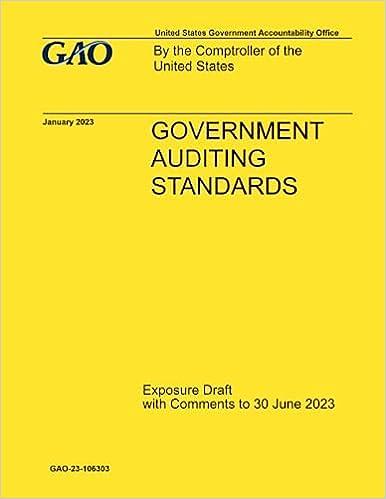
The company has two manufacturing departments Molding and Fabrication. It started, completed, Sweeten Company had no jobs in progress at the beginning of March and no beginning inventories. 1. The Foundational 15 [LO2-1, LO2-2, LO2-3, LO2-4) Molding Fabrication Total 4.000 $25,000 1,500 Job is available for the company as a whole and for Jobs P and Q (all data and questions relate to the month of March) Estimated total machine-hours used 2.500 Estimated total fixed manufacturing overhead $10,000 $15,000 Estimated variable manufacturing overhead per machine-hour $ 1.40 $ 2.20 Job P Job Direct materials $13.000 $8.000 Direct labor cost Actual machine-hours used: 521.000 $7.500 Molding 1.700 800 Fabrication 800 900 Total 2.300 1,700 Sweeten Company had no underapplied or overapplied manufacturing overhead costs during the month Required: For questions 1-8, assume that Sweaten Company uses a plantwide predetermined overhead rate with machine-hours as the allocation base. For questions 9-15, assume that the company uses departmental predetermined overhead rates with machine-hours as the allocation base in both departments. (Do not round intermediate calculations for any of the questions.) 1. What was the company's plant-wide predetermined overhead rate? (Round your answer to 2 decimal places.) 7.95 2. How much manufacturing overhead was applied to Job P and how much was applied to JOD Q? 3. What was the total manufacturing cost assigned to Job P? 4. If Job P included 20 units, what was its unit product cost? (Round your final answer to nearest whole dollar.) 5. What was the total manufacturing cost assigned to Job Q? 6. If Job Q included 30 units, what was its unit product cost? (Round your final answer to neares whole dollar.) 7. Assume that Sweeten Company used cost-plus pricing (and a markup percentage of 80% of manufacturing cost) to establish selling prices for all of its jobs. What selling price would the company have established for Jobs P and Q? What are the selling prices for both jobs when s on a per unit basis assuming 20 units were produced for Job P and 30 units were produced fc Q? (Round your final answers to nearest whole dollar.) 8. What was Sweeten Company's cost of goods sold for March? 9. What were the company's predetermined overhead rates in the Molding Department an Fabrication Department? (Round your answers to 2 decimal places.) 10. How much manufacturing overhead was applied from the Molding Department to Job P and how 11. How much manufacturing overhead was applied from the Fabrication Department to Job Pand 12. If Job Pincluded 20 units, what was its unit product cost? 13. If Job Q included 30 units, what was its unit product cost? (Round your final answer to much was applied to Job Q7 how much was applied to Job 07 nearest whole dollar.) 101. Assume that Sweeten Company used cost-plus pricing (and a markup percentage of 80% of total manufacturing costs to establish selling prices for all of its jobs. What selling price would the on a per unit basis assuming 20 units were produced for Job P and 30 units were produced for job Q? 15. What was Sweeten Company's cost of goods sold for March? II. Landen Corporation uses a job-order costing system. At the beginning of the year, the company made the following estimates: Direct labor-hours required to support estimated production 140,000 Machine-hours required to support estimated production 70,000 Fixed manufacturing overhead cost $784.000 Variable manufacturing overhead cost per direct labor-hour $ 2.00 Variable manufacturing overhead cost per machine-hour $ 4.00 During the year, Job 550 was started and completed. The following information is available with respect to this job: Direct materials Direct labor cost Direct labor-hours Machine-hours $175 $225 15 5 Required: 1. Assume that Landen has historically used a plantwide predetermined overhead rate with direct labor-hours as the allocation base. Under this approach: a. Compute the plantwide predetermined overhead rate. b. Compute the total manufacturing cost of Job 550. c. If Landen uses a markup percentage of 200% of its total manufacturing cost, what selling price would it establish for Job 550? 2. Assume that Landen's controller believes that machine-hours is a better allocation base than direct labor-hours. Under this approach: a. Compute the plantwide predetermined overhead rate. b. Compute the total manufacturing cost of Job 550. c. If Landen uses a markup percentage of 200% of its total manufacturing cost, what selling price would it establish for Job 550? (Round your intermediate calculations to 2 decimal places. Round your predetermined Overhead Rate answers to 2 decimal places and all other answers to the nearest whole dollar.)








